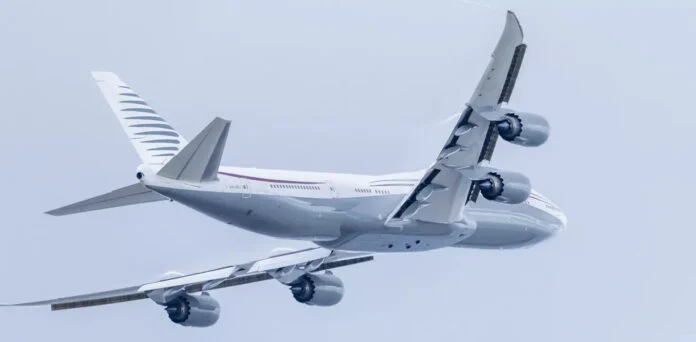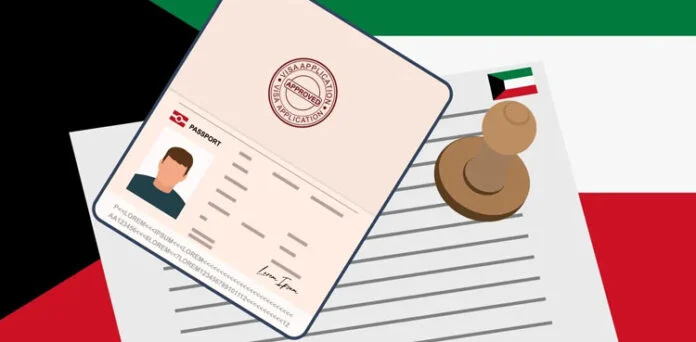
Canada’s immigration system has seen significant policy shifts in 2025, affecting a wide range of applicants from youth and students to skilled workers. These changes are reshaping pathways and timelines, making it more important than ever to stay informed and act strategically.
One notable update involves the International Experience Canada (IEC) program. As of May 8, 2025, participants no longer need to exit and re-enter the country to activate a new work permit. The new process allows eligible individuals already in Canada to receive their permits by mail. This adjustment reduces travel costs and simplifies transitions for youth participating in mobility agreements.
Another major change is the redesign of the Express Entry system. In February 2025, Canada expanded category-based draws to include more occupation-specific selections, emphasizing education and social services. Roles such as teachers, counselors, and social workers now benefit from targeted invitations, while the transport category has been removed. Applicants with Canadian work experience or French-language proficiency are also seeing improved chances of selection, as the system focuses more on addressing specific labor shortages.
Policy changes announced in January 2025 have also affected the Post-Graduation Work Permit (PGWP) program. Students enrolling in academic programs not aligned with labor market needs are now excluded from PGWP eligibility. In contrast, short, skill-oriented courses in sectors like tech, trades, healthcare, and STEM are being prioritized. This shift underscores the growing importance of selecting educational paths that lead directly to employment opportunities.
Another update introduces stricter oversight on temporary visa holders. As of February 12, 2025, Canadian immigration authorities can cancel valid visas—including study, work, or visitor permits—if new adverse information surfaces, such as criminal charges or misrepresentation. This reinforces the need for complete honesty and continued compliance throughout the immigration process.
Finally, changes to the Provincial Nominee Program (PNP) have narrowed a once-reliable immigration route. On May 9, 2025, the federal government cut PNP allocations by 50 percent, reducing spots from 110,000 to 55,000. In response, several provinces have suspended streams, raised eligibility thresholds, and postponed new intakes. Candidates must now improve their Express Entry scores, pursue in-demand occupations, and move quickly to secure limited opportunities.
Together, these developments represent a shift toward a more selective, labor-focused immigration strategy. Individuals planning to immigrate to Canada in 2025 must navigate this evolving landscape with greater precision and preparation.




















